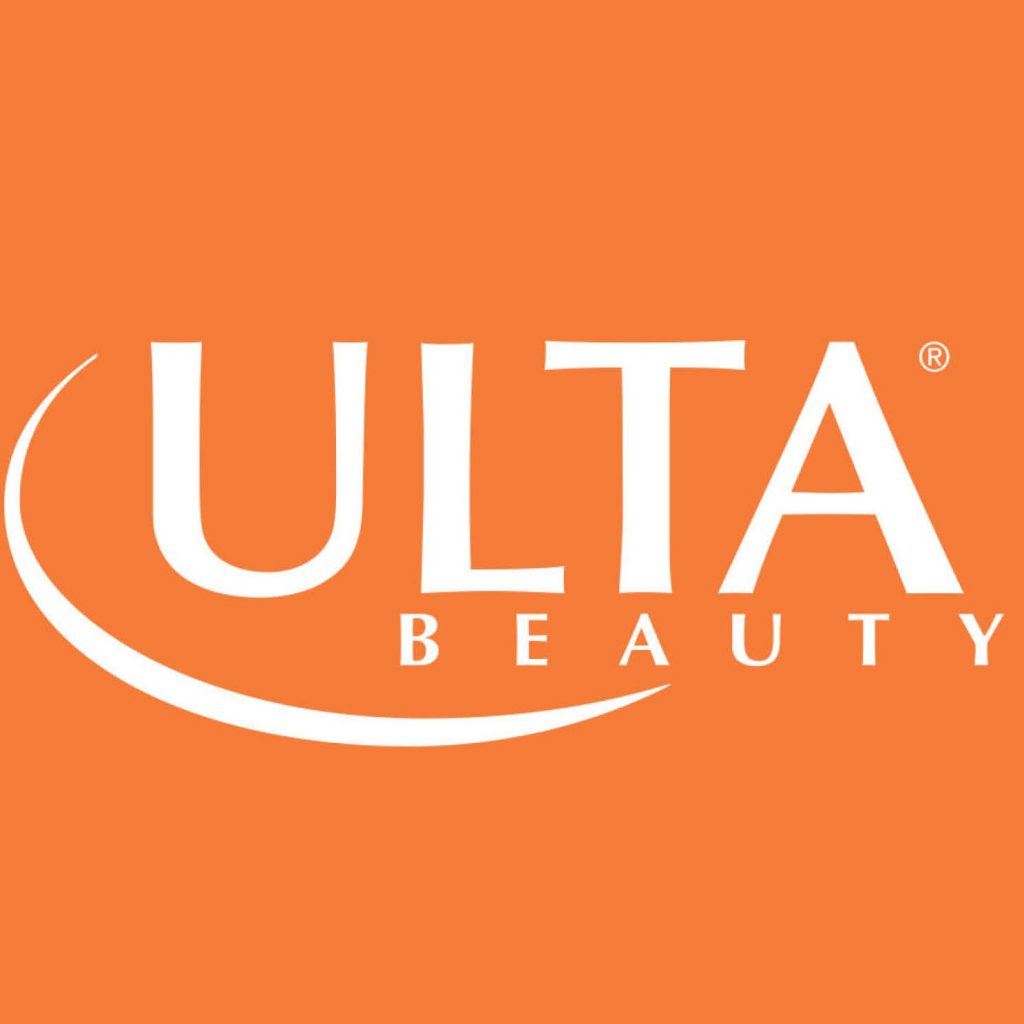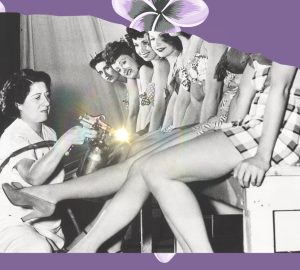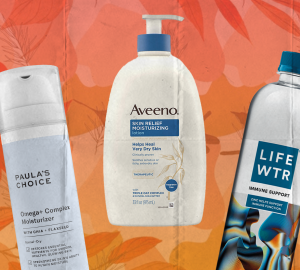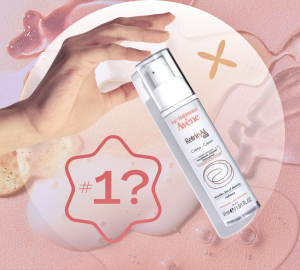The beauty industry has become increasingly competitive over the years. Technological advancements and the immense power that social media holds allowed the beauty industry to take new forms. The complexities of the industry and the new wave of consumers continue to change, leaving brands constantly at the drawing board, trying to figure out their next move.
Growing resources allow independent and smaller brands to break into the industry, which poses a threat for their established counterparts. Camillo Pane, the chief executive officer of Coty, commented on the speed of the industry. “Brands are created at the speed of light. The beauty industry is becoming increasingly complex,” said Pane. “Our instinct is to dislike complexity. But we either embrace it, or we’re not going to be around.”
This cut-throat mentality is also evident in retailers. Sephora and Ulta Beauty both dominate the specialty retail market for beauty and cosmetics. These successful companies cater to different market segments within beauty.
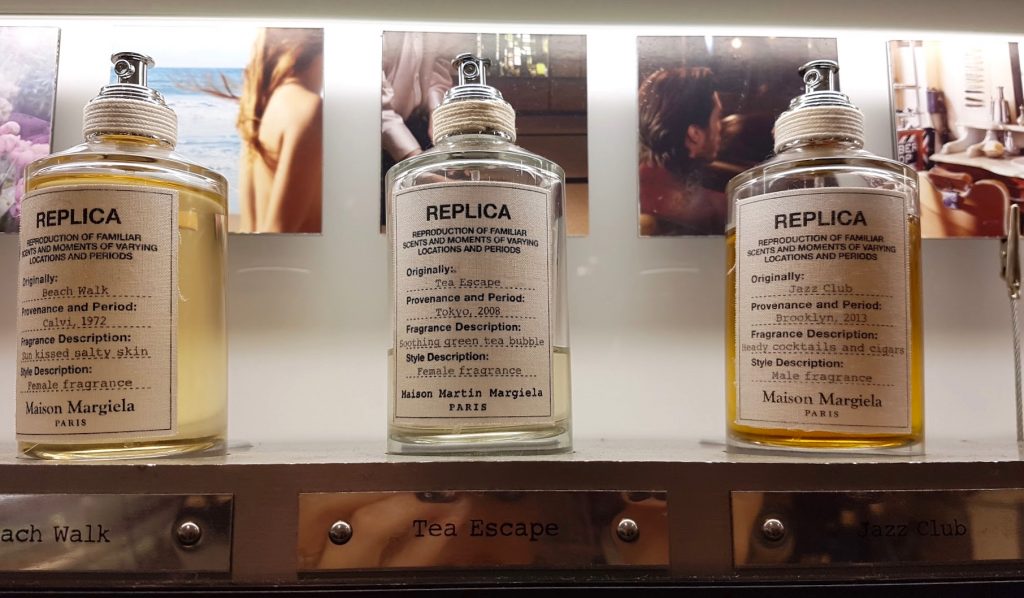
When Sephora opened its first store in the United States 20 years ago, it offered a drastically different alternative for beauty shoppers than Ulta. Sephora initially went after the prestige segment by offering high-end brands, previously only carried in department stores. Ulta primarily focused on mass and professional hair care brands with limited prestige.
Sephora has maintained its luxurious feel, while Ulta is shifting its brand positioning by incorporating more prestigious brands. Beauty expert Hana Ben-Shabat said of the two, “Where they once appealed to different customers – Sephora, younger, urban affluents, and Ulta, an older, suburban shopper – Sephora is making a big effort to appeal to older customers with brands like Estée Lauder and Lancôme. Ulta just opened a New York City store and now has more prestige and indie brands to appeal to younger consumers.”
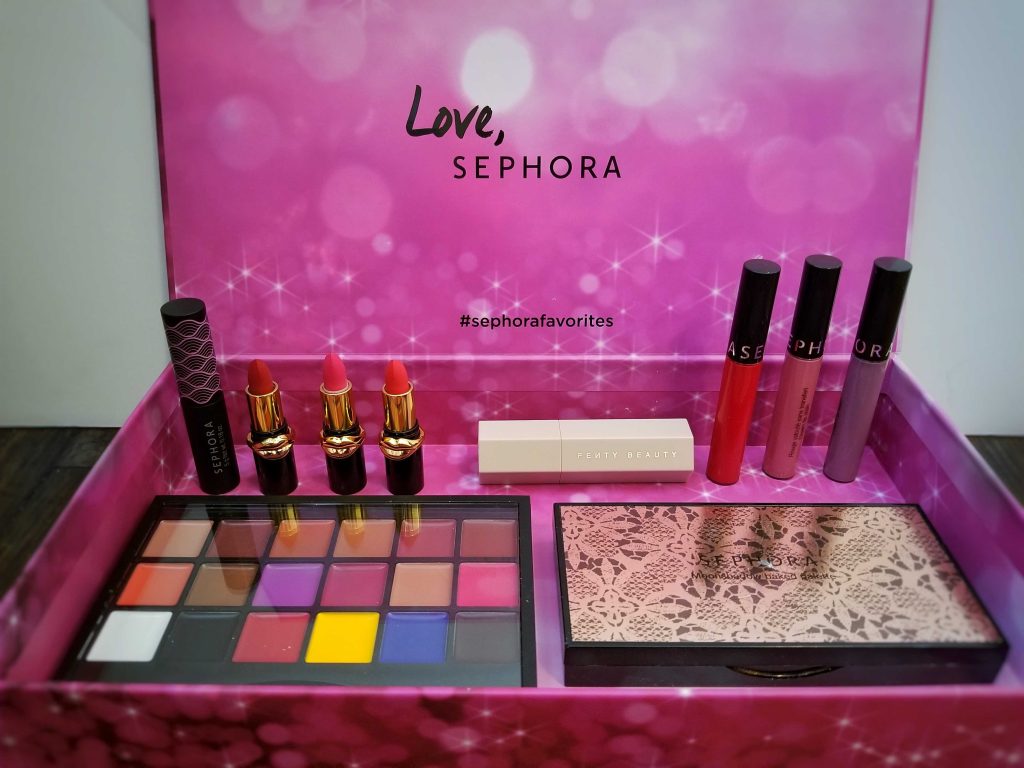
The general consensus among SCAD students is that Sephora is still the way to go. Christopher Parungao, a third-year fashion marketing and management student, discussed why he sticks with this retailer. “I like Sephora better because their customer service and policies are better.” Parungao also shared his negative experiences shopping at Ulta. “I used to be a really big shopper at Ulta. But, whenever I tried to return something, the sales representatives told me they couldn’t find it on their computer — even though it was on my online account.” Sephora offers customers full refunds on returns within 60 days of purchase, even for used beauty products.
There are positives to Ulta, including the rewards program and availability of moderately priced products. “With Ulta’s reward program, you get a discount after earning a certain amount of points. I wish Sephora did that,” said Christopher Parungao. Sephora and Ulta both have a point-based loyalty program. With Ulta, points can be redeemed for a certain monetary value off a purchase, whereas at Sephora points are redeemed for deluxe product samples, product bundles or experiences.
While students have mixed feelings their preference, they all agree on the main differentiating factor of the two stores — price point. “You can go in Ulta and find a dupe. If you want Dior’s Diorskin Airflash foundation, but you don’t have the bank account for that, you can go buy NYX Cosmetics,” said Savannah Reber, a third-year fashion marketing and management student.
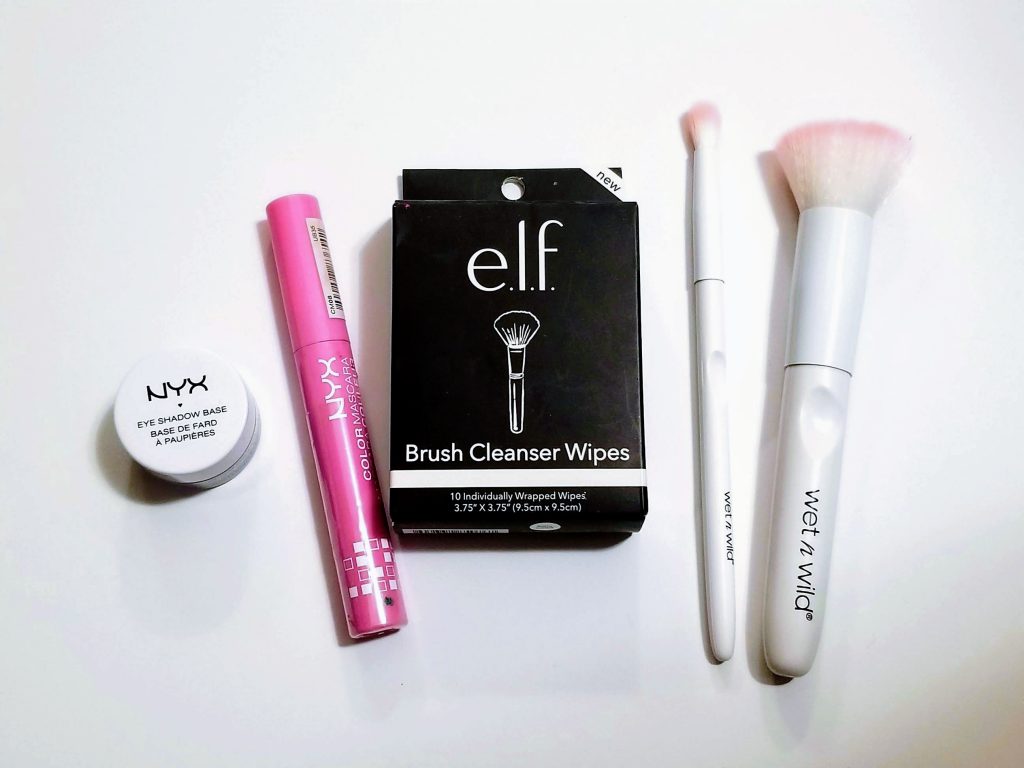
Third-year fashion marketing and management student Shanietha Cockfield said of differing price points, “I prefer Sephora because I like the luxury brands they have there and their skincare. My younger sisters used to go Ulta because it was cheaper, and they were college students.”
The two companies also appeal to different demographics. “My sister and I love Sephora, but my mom loves Ulta,” said Leslie Ginter, a third-year fashion marketing and management student.
Both Sephora and Ulta remain at the top of the specialty retail industry, but it will be interesting to see how each continue to adapt to the changes in beauty and consumers.

























